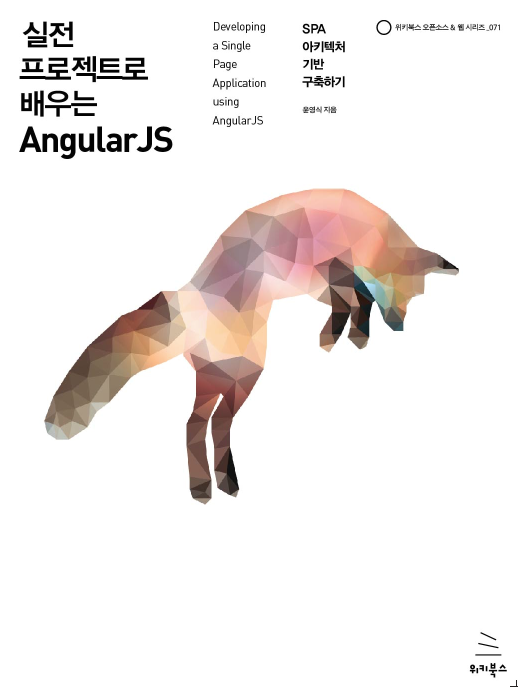
[1] Agent 개념
- AI agents typically use language models as part of their software stack to interpret messages, perform reasoning, and execute actions.
- Each agent is a self-contained unit that can be developed, tested, and deployed independently.
[2] Multi Agent 특징
- Run within the same process or on the same machine
- Operate across different machines or organizational boundaries
- Be implemented in diverse programming languages and make use of different AI models or instructions
- Work together towards a shared goal, coordinating their actions through messaging
[3] Agent 실행 환경
the framework provides a runtime environment, which facilitates communication between agents, manages their identities and lifecycles, and enforce security and privacy boundaries.
Standalone Agent Runtime
- single process application
- all agents are implemented in the same language
- running in the same process.

Agent는 runtime 동안 메세지를 통해 통신을 하고, 런타임은 Agent의 LifeCycle을 관리한다.
Distrubuted Agent Runtime
- multi process applications
- Agents are implemented in different programming languages
- running on different machines

분산환경은 host servicer와 multiple workers를 갖는다.
- host servicer는 agent 사이의 통신과 연결상태를 관리한다.
- worker는 agent를 구동하고 host servicer와 gateway를 통해 통신한다.
[4] 애플리케이션 스택
AutoGen core는 다양한 multi-agent application 개발할 때 사용된다.

[5] Agent 식별 방법 & 라이프 사이클 관리
Agent 런타임은 에이젼트 identities와 lifecyles을 관리한다.
- Agent ID = Agent Type + Agent Key(instance)
런타임에서 Agent가 없으면 생성하고, 메세지로 agent type & key를 전달한다.

[6] Topic & Subscription
message를 broadcast할 때 방법을 설명한다.
- Topic : pubishing messages with Topic Type, Topic Source
- Subscription : topic 과 agentID와 맵팽한다. 런타임 환경에 맵핑을 만들고 삭제할 수 있다.

Type-based subscription
Topic Type -> Agent Type 전파
- Single Tenant & Single Topic

- Single Tenant & Multi Topics

- Multi Tenant
in single tenant, the topic source is "default". for multi tenant, it become data-dependent.

<참조>
Agent and Multi-Agent Applications — AutoGen
Agent and Multi-Agent Applications An agent is a software entity that communicates via messages, maintains its own state, and performs actions in response to received messages or changes in its state. These actions may modify the agent’s state and produc
microsoft.github.io
Agent Runtime Environments — AutoGen
Agent Runtime Environments At the foundation level, the framework provides a runtime environment, which facilitates communication between agents, manages their identities and lifecycles, and enforce security and privacy boundaries. It supports two types of
microsoft.github.io
Application Stack — AutoGen
Application Stack AutoGen core is designed to be an unopinionated framework that can be used to build a wide variety of multi-agent applications. It is not tied to any specific agent abstraction or multi-agent pattern. The following diagram shows the appli
microsoft.github.io
Topic and Subscription — AutoGen
Topic and Subscription There are two ways for runtime to deliver messages, direct messaging or broadcast. Direct messaging is one to one: the sender must provide the recipient’s agent ID. On the other hand, broadcast is one to many and the sender does no
microsoft.github.io



